
Do you remember the Manchester Print Workshop?
The Manchester Print Workshop was based at the University in the 1980s - and produced a vibrant body of work. Did you work, study or visit during the time - and have any memories to share?

The Manchester Print Workshop was based at the University in the 1980s - and produced a vibrant body of work. Did you work, study or visit during the time - and have any memories to share?
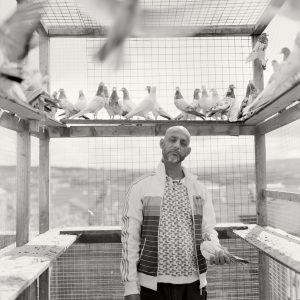
We are delighted to share that Salford alumnus Craig Easton has been named at Photographer of the Year in the prestigious Sony World Photography Awards

Annual scholarship scheme for University of Salford graduates now open for applications – deadline 9am on 4th May 2021.
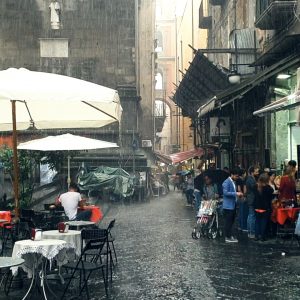
A 2019 film commission with Quays Culture, which explores experiences of rainfall from around the globe.

Four exciting new commissions from Salford based artists Jack Brown, Cheddar Gorgeous, Hilary Jack and Lizzie King. The artists, selected in partnership with Islington Mill and Paradise Works studios, will make new works exploring the parks & green spaces of Salford.

A new Q&A with Manchester-based artist Mandy Cleveland, one of six artists commissioned this Summer. Mandy discusses new work that reflects on feelings of 'personal and global' uncertainty during Covid 19.
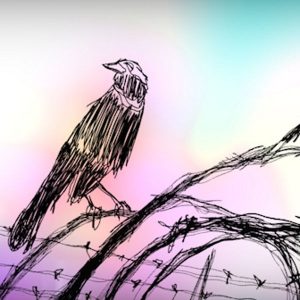
Now available to watch online in full, Birds or Borders is a new animated video by Parham Ghalamdar. Alongside, read a new Q&A with the artist and UOS Curator Lindsay Taylor.
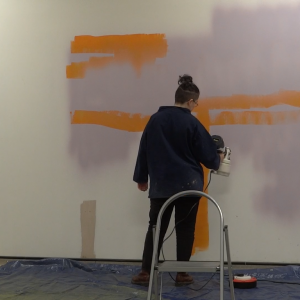
The final in our current series of micro-commissions. Painter Mollie Balshaw records themself painting in the studio - revealing the usually private 'performance' behind the work.
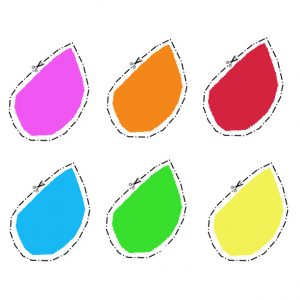
The first of two blog posts with artist Jack Tan, discussing his new commission 'Tale As Old As Time'. Jack talks with us about the tradition of ‘disaster ceramics’ , and key moments in Chinese civil rights history in the UK.

For the final in our series of new commissions this Summer, the University of Salford Art Collection has teamed up with AND Festival and Somerset House Studios to commission a new digital work by Marija Bozinovska Jones.